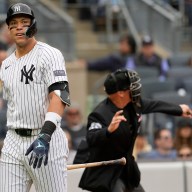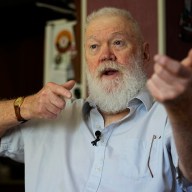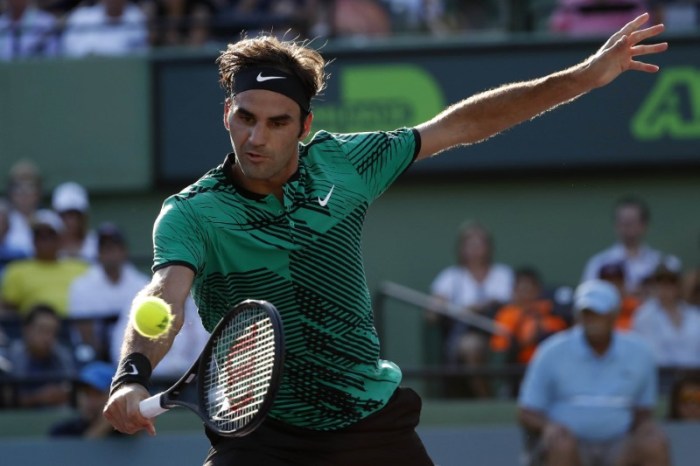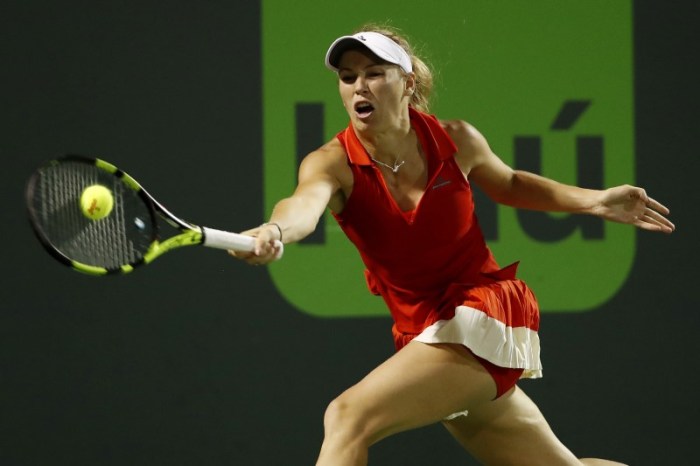By Steve Keating
(Reuters) – Frustrated athletes will be watching Friday’s release of the McLaren report into doping in Russia and are ready to take action if their voices are not heard, said United States Anti-Doping Agency head Travis Tygart. “There is some discussion about not participating in competitions,” Tygart told Reuters. “That conversation is obviously a last resort but what’s clear is that the athletes voices aren’t being heard by the power groups. “They are absolutely watching. They are not going to stand for lack of action.
“Where that will ultimately lead them is up to them but their voice has to be heard and that is why you have seen them come together like never before.”
After a year of scandal Olympic athletes, federations and officials are braced for another bombshell with Canadian law professor Richard McLaren poised to release the second part of an investigation commissioned by the World Anti-Doping Agency. The much anticipated report is expected to provide more details on an elaborate state-sponsored doping scheme operated by Russia at the 2014 Sochi Olympics that McLaren outlined in his original report in July that led to a partial ban of Russian athletes competing in Rio. While WADA and the International Olympic Committee engaged in finger-pointing and sniping over who was responsible for the crisis, athlete outrage reached a boiling point over what they view as inaction by both bodies. U.S. athletes, according to report in the New York Times on Sunday, are considering boycotting February’s bobsleigh and skeleton world championships set for Sochi citing concerns about doping control, personal safety and information security. It was the southern Russian resort, which hosted the 2014 Winter Olympics, that was at the center of McLaren’s initial report, the Sochi laboratory alleged to have manipulated tests, including the switching of urine samples through a “mouse hole” cut into a wall of the WADA-approved laboratory. U.S. track and field athletes, meanwhile, have circulated a petition demanding WADA and the IOC accept reforms recommended by a coalition of national anti-doping agencies.
Athletes groups want to see WADA operate as an independent agency and severe ties with the IOC.
The anti-doping agency is currently headed by Sir Craig Reedie, a prominent IOC member, while several other IOC members sit on the WADA foundation and executive boards.
Tygart also views this as a conflict of interest but insists there are simple fixes to getting on top of the fight against drugs in sport.
“IOC leadership could solve this problem today,” said Tygart. “Number one, they remove themselves from the governance of WADA and allow WADA to be a true independent global regulator. “Number two, they (IOC) have the money. You look at the 2015 financials on their website, the little they do disclose, you see then have a roughly $1.4 billion fund.
“From a brand value standpoint having clean sport is valuable so this is an investment in their property.
“They could easily set aside $500 million out of that fund to support anti-doping efforts by an independent global regulator.
“Whether it is the athletes or the fans people aren’t going to stick around to participate in a rigged competition.”
After nearly two years of scandal McLaren’s report could represent a setback in the anti-doping crusade but Tygart sees current events as a golden opportunity to unite the cause and get the fight back on track. “On one hand it has been challenging but on the other holding a state supported system accountable is exactly what clean athletes expect,” said Tygart. “This presented an opportunity for change to happen that will continue to advance the rights of clean athletes.” “You look at the lack of consequence on state supported sanctioning of doping by the IOC when it had the opportunity. That is unacceptable.
“That’s letting (athletes) down. That erodes their confidence and is exactly why you see athletes, literally from around the world, coming together in a way they have never come together before.” (Reporting by Steve Keating in Toronto; Editing by Frank Pingue)


















